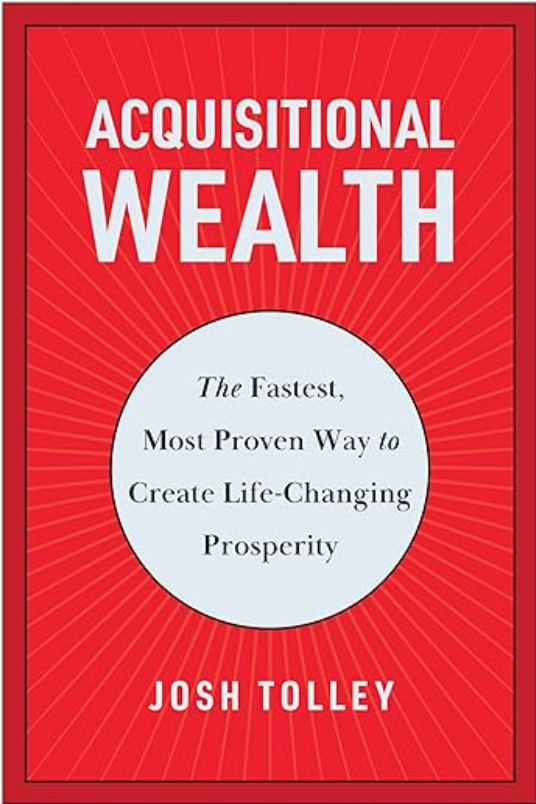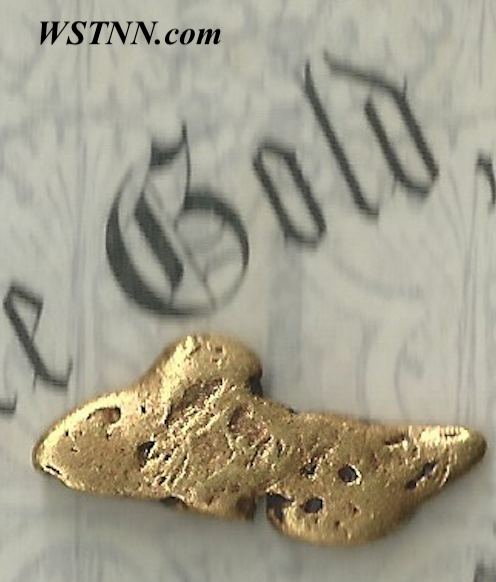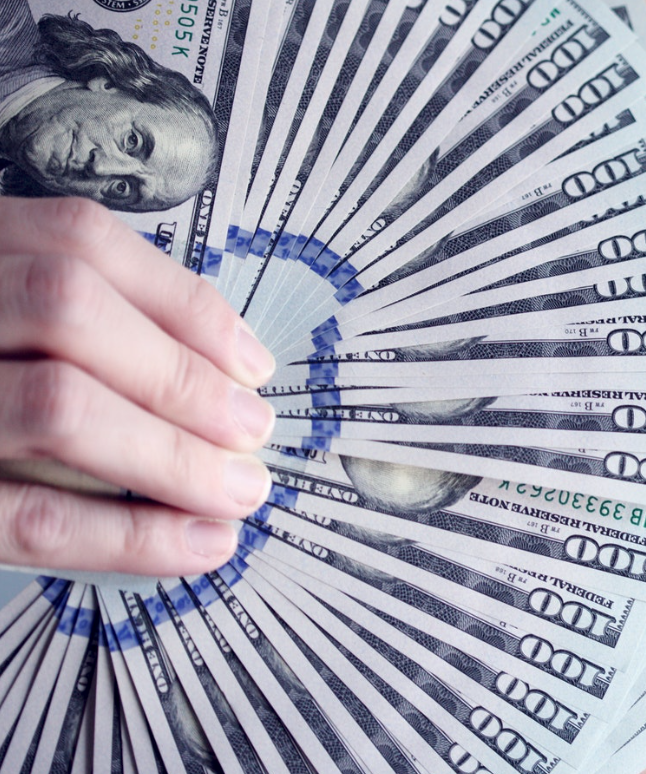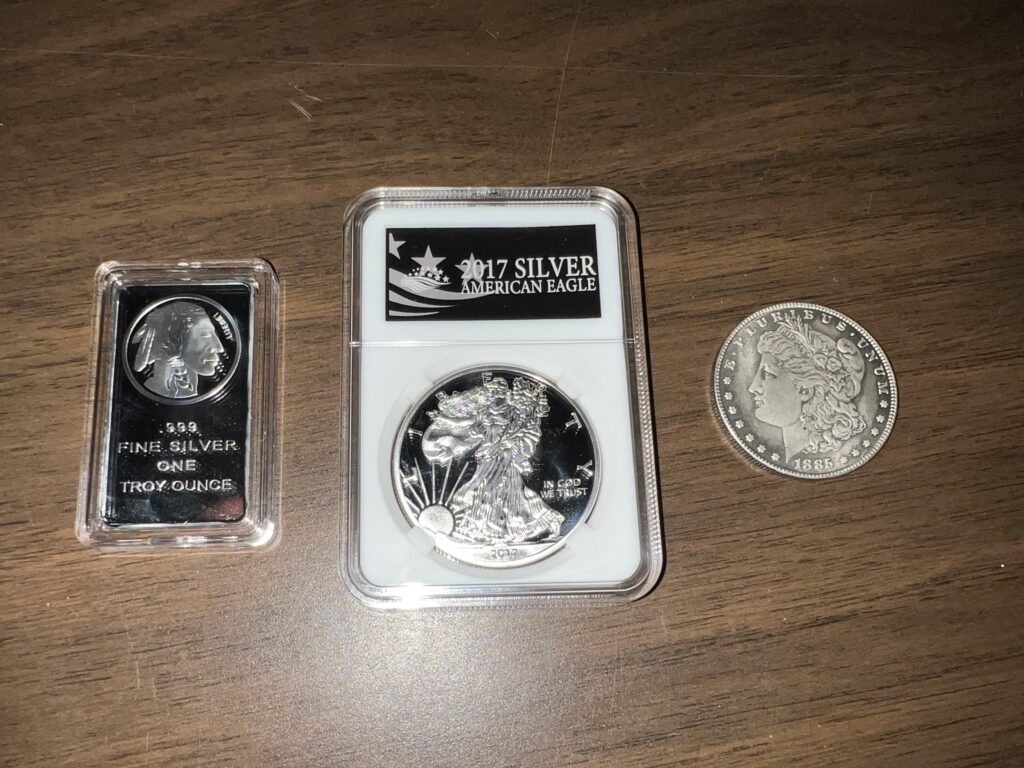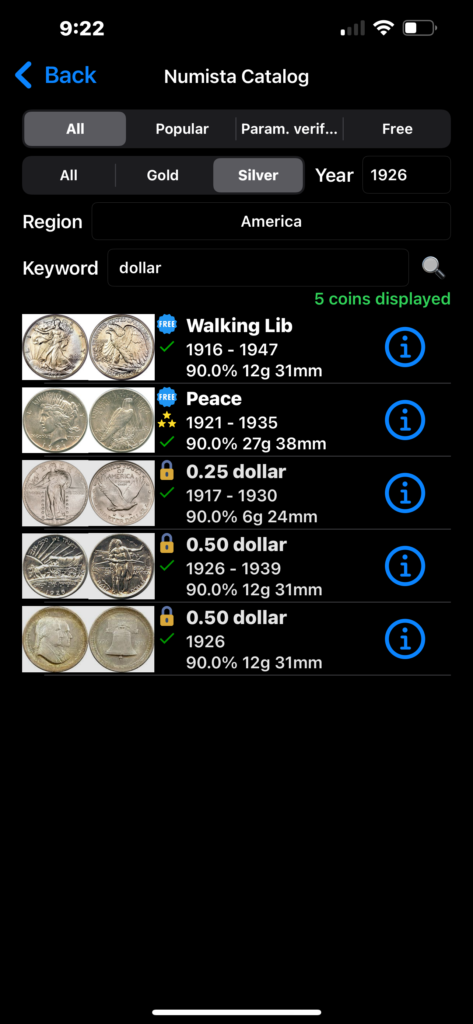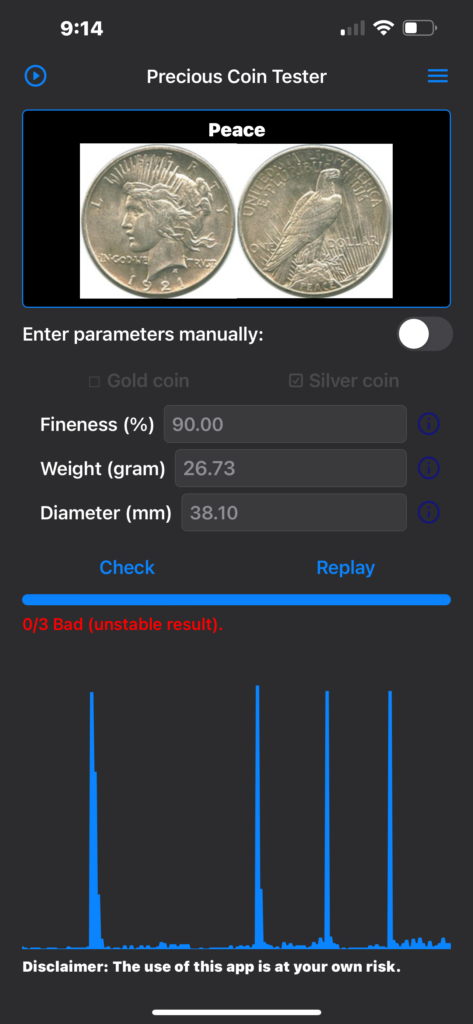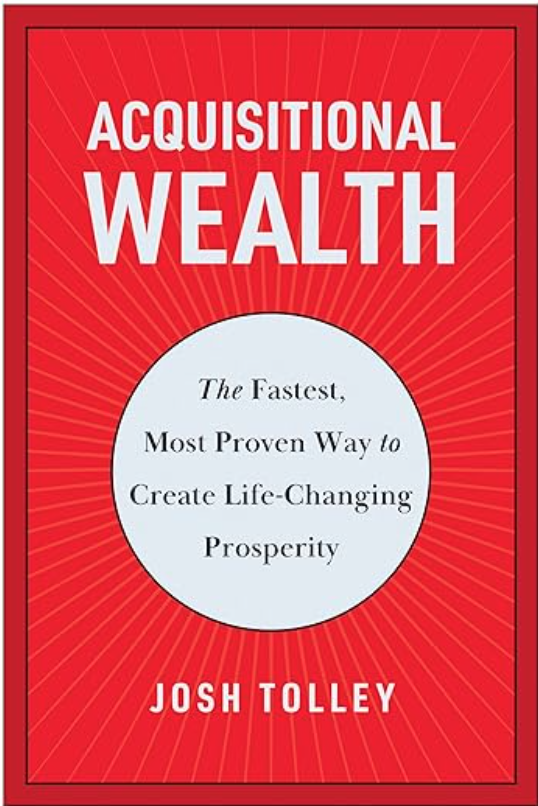by Fred Fuld III
The past year has seen a surge in the popularity of injectable medications for weight loss. Drugs like Ozempic and Wegovy, both made by Novo Nordisk (NVO), and Zepbound and Mounjaro, which are manufactured by Eli Lilly (LLY), are finding themselves in high demand, despite their hefty price tags and limited insurance coverage.
This trend reflects a growing openness to pharmaceutical solutions for weight management, alongside traditional methods like diet and exercise. These injectable drugs, which mimic natural gut hormones, work by curbing appetite and promoting feelings of fullness. Studies have shown significant weight loss in patients using these medications.
Ozempic and Wegovy are both GLP-1 receptor agonists, targeting a specific hormone that regulates appetite and blood sugar. Ozempic was originally approved for type 2 diabetes, but its weight loss side effects have driven its use in that area as well. Wegovy, on the other hand, is specifically FDA-approved for chronic weight management.
Zepbound, a newcomer to the market, is another GLP-1 receptor agonist with an additional twist. It also targets another gut hormone, GIP, that further enhances feelings of fullness and reduces appetite. Early studies suggest Zepbound may lead to even greater weight loss than Wegovy.
Mounjaro, another Eli Lilly product, joins the party as a dualincretin medication. Like Zepbound, it targets both GLP-1 and GIP receptors, offering similar weight loss benefits. Interestingly, Mounjaro is actually FDA-approved for type 2 diabetes, but like Ozempic, its weight loss effects are driving its use in that area as well. Studies suggest Mounjaro might be as effective as Zepbound in terms of weight loss.
This rise in weight loss injectable use is projected to continue. Analysts predict the weight loss drug market could reach $100 billion by the end of the decade, with millions of patients potentially using these medications. However, challenges remain. The high cost and limited insurance coverage are barriers for many. Additionally, long-term side effects of these medications are still being studied.
While these injectable drugs offer a promising new tool for weight management, they are not a magic bullet. They are most effective when used in conjunction with a healthy diet and exercise program.
Novo Nordisk (NVO) is a global healthcare company headquartered near Copenhagen, Denmark, with a rich history dating back to 1923. Their founding story is intertwined with the discovery of insulin, a revolutionary treatment for diabetes.
The company’s mission is “to drive change to defeat serious chronic diseases,” and they have become a leader in the diabetes care space. They develop and manufacture a wide range of diabetes medications, including injectable insulins and GLP-1 receptor agonists like the popular Ozempic and Wegovy mentioned earlier.
Beyond diabetes, Novo Nordisk is expanding its reach into other chronic diseases. They offer treatments for obesity, such as Wegovy, and medications for hemophilia and other rare blood disorders. Their research and development efforts continue to push boundaries in these areas.
Novo Nordisk employs over 64,000 people worldwide and distributes its products in over 170 countries.
The stock trades at 44 times trailing earnings and 31 time forward earnings. Quarterly revenue growth year-over-year was 23.6%, with earning growth over the same period at an incredible 30.7%.
Novo pays a dividend semi-annually, with an estimated yield of 1.31%.
Eli Lilly and Company (LLY), headquartered in Indianapolis, Indiana, boasts a rich heritage dating back to 1876. Founded by Colonel Eli Lilly with a vision to “take what you find here and make it better and better,” the company has established itself as a major player in the pharmaceutical industry.
Eli Lilly is dedicated to turning science into solutions for a healthier world. Their core focus lies in research and development, with a significant portion of their workforce dedicated to this pursuit. They leverage advancements in biotechnology, chemistry, and genetic medicine to tackle some of the world’s most pressing health challenges.
The company’s product portfolio is extensive, encompassing medications for a wide range of conditions. Here’s a glimpse into their key areas:
- Diabetes: Eli Lilly has a strong presence in diabetes care, offering medications beyond the newcomer, Mounjaro,discussed earlier.
- Oncology: They are actively involved in cancer research and development, producing treatments for various types of cancer.
- Immunology: Eli Lilly develops medications for autoimmune diseases and other conditions related to the immune system.
- Pain Management: The company offers a range of pain management solutions.
- Others: Eli Lilly’s product line also includes medications for neurology, endocrinology, and other therapeutic areas.
With over 44,000 employees worldwide and a strong emphasis on scientific advancement, Eli Lilly remains a force to be reckoned with in the global pharmaceutical landscape.
Lilly has a nosebleed high trailing price to earnings ratio of 116; but a bit more reasonable forward P/E of 41.5. Quarterly revenue growth grew 26%, with quarterly earnings per share growth at a superior 66.7% year-over-year.
The company pays dividends quarterly and yields 0.67%.
If you are looking for a non-pharmaceutical investment option, there is WW International (WW).
WW International, Inc., formerly known as Weight Watchers International, is a global company headquartered in New York City. Founded in 1963 by Jean Nidetch, WW has a long history of helping people achieve weight loss and wellness goals.
Shifting Focus: Beyond Weight Loss
Traditionally, WW was known for its weight loss programs, often centered around group meetings and a points-based system for tracking food intake. However, in 2018, the company underwent a significant rebranding, reflecting a shift towards a more holistic approach to health and wellness.
This move is reflected in their new name, WW, which purposely avoids mentioning weight. Their current programs encompass aspects like fitness, mindset, and overall healthy habits, not just weight loss on the scale.
WW’s Offerings Today
WW offers a multi-pronged approach to wellness, with options to suit different needs and preferences:
- Digital Solutions: Their mobile app and website provide access to tools for tracking food, activity, weight, and sleep. They also offer educational content and motivational support.
- Coaching: WW provides online or phone coaching for personalized guidance and support.
- Wellness Workshops: These in-person group meetings, formerly known as Weight Watchers meetings, foster a sense of community and offer guidance on healthy living.
Financial Performance
While they have faced challenges in recent years, they remain a major player in the weight management and wellness industry.
The stock has taken a major hit in the last seven months, dropping from above $13 a share to now less than two dollars a share.
The company generated a huge lost for the year; however, it is estimated that it will produce a reasonable profit next year, providing a forward P/E of 7.06.
Summary
Novo and Lilly have already had major gains in their stock price. It remains to be seen it this growth will continue, especially with greater acceptance of their drugs.
Hopefully, one of these companies can provide greater weight to your portfolio.
Disclosure: Author has a small bullish call position in Novo.


